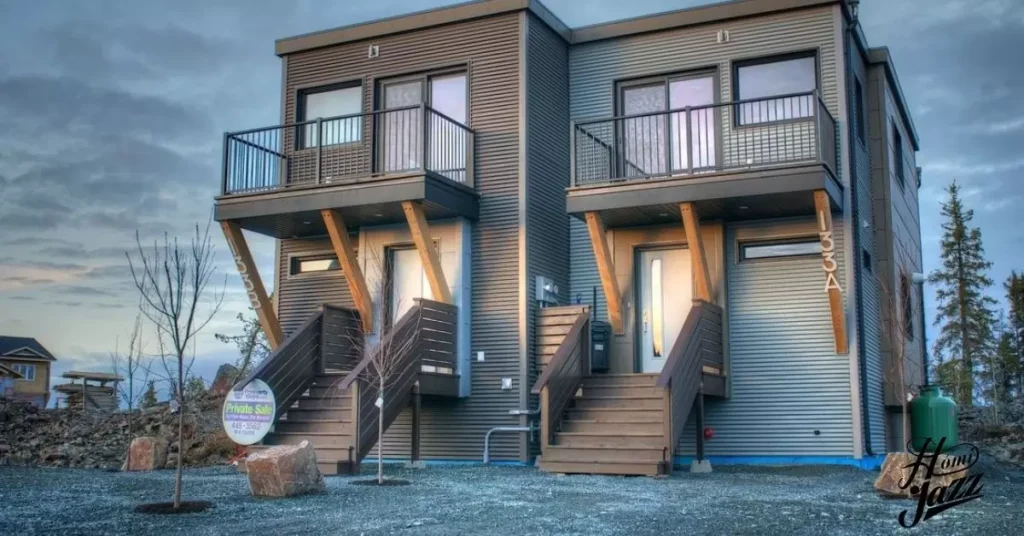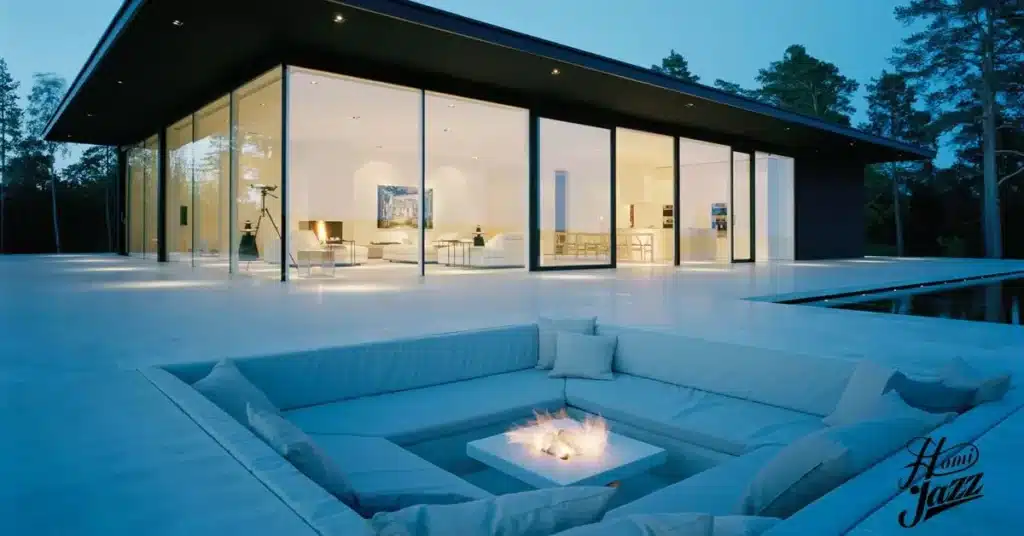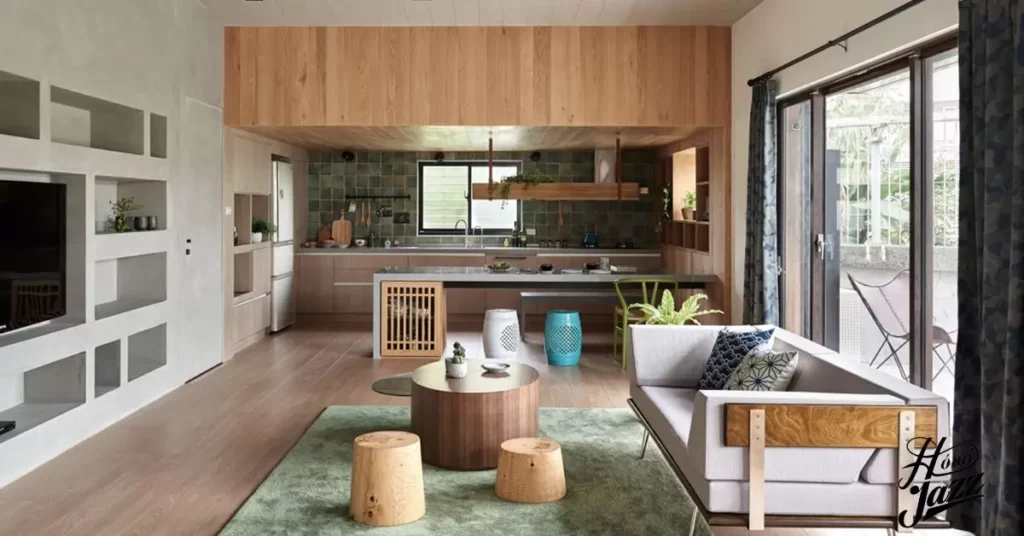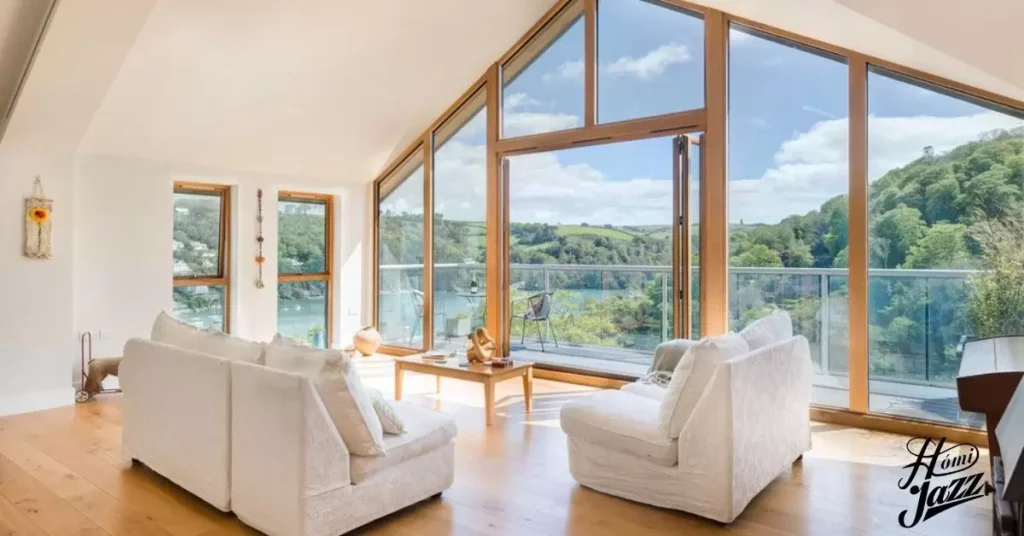A freestanding house is a standalone residential building that is not attached to any other structures. These houses are typically surrounded by open land on all sides, allowing for more privacy and space for homeowners. Freestanding houses are a popular choice for individuals and families looking for a traditional, detached home.
Looking for a place to call your own, away from shared walls and noisy neighbors? A freestanding house offers the ultimate independence and privacy. Step into your own personal oasis with a freestanding house today.
A freestanding house is a standalone residential building not attached to any other structures, providing homeowners with privacy and space. This type of housing is a popular choice for those seeking a traditional, detached home.
Difference between Freestanding houses, duplexes, terraces, and townhouses?

Each house is unique, reflecting the personality and style of its inhabitants through its design and décor. It is a space that can be transformed and adapted to suit the needs and preferences of those who call it home.
Freestanding house
A freestanding house stands proudly on its own, enveloped in the tranquility of its surroundings. With no shared walls, it promises solitude and independence to its inhabitants, a sanctuary where one can truly retreat from the world. Its spaciousness allows for personalized living spaces and the freedom to design and customize according to individual preferences.
Duplex
A duplex presents a unique blend of autonomy and connection, housing two distinct units under one roof. With separate entrances, each dweller enjoys a sense of privacy while still being part of a shared community. Occasionally sharing walls fosters a sense of camaraderie, yet residents retain the freedom to customize their living spaces. It’s a harmonious arrangement where independence harmonizes with the warmth of neighbourly bonds.
Read this blog: HOW TO COOL YOUR HOUSE WITHOUT ELECTRICITY
Terrace
A terrace house forms a unified row, where homes stand shoulder to shoulder, sharing walls that echo stories of shared experiences. Within this close-knit setting, a sense of community thrives, as neighbours become more than just acquaintances; they become an extended family. The shared walls not only signify physical connection but also symbolize the bonds woven through daily interactions and shared moments. It’s a tapestry of lives intertwined, creating a vibrant and supportive neighbourhood fabric.
Townhouse
A townhouse embodies the essence of modern living, seamlessly blending privacy with a sense of belonging in a shared environment. Its multi-story design maximizes space efficiency while maintaining a connection to the surrounding community through shared walls. Residents enjoy the comforts of home while embracing the camaraderie of nearby neighbors, fostering a vibrant and dynamic atmosphere. It’s a harmonious balance where individuality thrives amidst the backdrop of communal living.Top of Form
How To Set Up A Freestanding House?

To set up a freestanding house, start by choosing a suitable location on a plot of land that meets zoning and building regulations. Once the location is selected, work with a contractor to design and build the house according to your specifications and needs.
Ensure that all necessary utilities such as water, electricity, and sewage are connected to the house. Once the construction is complete, furnish and decorate the interior to create a comfortable and personalized living space.
Characteristics and Features of a Freestanding House
A freestanding house typically has its yard or garden, providing outdoor space for relaxation and activities. These houses often have a driveway or garage for parking, offering convenience for homeowners with vehicles.
Privacy and Independence
In a freestanding house, privacy is paramount. With no shared walls, you’re not disturbed by neighbors’ noises. You have the independence to enjoy your space without worrying about intrusions.
Standalone Structure
A freestanding house stands alone, with no attachment to other buildings. It asserts its presence in the landscape, commanding attention. Its standalone structure offers a sense of ownership and autonomy.
Customization and Personalization
In a freestanding house, you can customize and personalize as you wish. You have the freedom to paint, renovate, and decorate according to your taste. It’s your canvas to express your style and make it truly yours.
Spaciousness
A freestanding house offers ample space for living and activities. You’ll find room to move around comfortably without feeling cramped. Its generous layout provides breathing space for you and your family.
Surrounding Environment
In a freestanding house, you’re immersed in the surrounding environment. You can enjoy the views from your windows and explore the outdoor spaces around your home. Nature or urban landscapes become an integral part of your living experience.
Versatility in Location
Freestanding houses offer versatility in location choices. You can find them in urban neighborhoods, suburban areas, or rural settings. This flexibility allows you to select a location that best suits your lifestyle and preferences.
Potential for Outdoor Amenities
Freestanding houses offer great potential for outdoor amenities. You can have a backyard for gardening, entertaining, or relaxing. Additionally, you might have space for features like a patio, deck, or swimming pool, enhancing your outdoor living experience.
Investment and Value
Investment involves allocating money or resources with the expectation of generating returns over time. It typically involves purchasing assets like stocks, bonds, or real estate. Value refers to the worth or usefulness of something, often assessed in terms of its benefits relative to its cost or price.
Read this Blog Also: WHAT ARE KITCHEN CABINETS MADE OF
Differences between Freestanding Houses and Other Types of Residential Properties
Freestanding houses, also known as detached houses, are standalone structures that do not share walls with neighboring properties. They offer privacy and space, with the freedom to customize both the interior and exterior according to personal preferences. Maintenance responsibilities typically fall solely on the homeowner, allowing for more autonomy in upkeep and renovations.
In contrast, other types of residential properties like townhouses or condominiums often share walls with neighboring units. Townhouses offer a balance between the privacy of a freestanding house and the shared amenities of a condominium, typically with less maintenance than a standalone property.
Condominiums, on the other hand, offer communal amenities like pools or gyms, with maintenance costs shared among residents, but they may have more restrictions on customization and less privacy than freestanding houses.
Pros And Cons Of A Freestanding House
Freestanding houses offer privacy and independence, allowing homeowners to have more control over their property and lifestyle choices. They provide ample space both indoors and outdoors, suitable for families or individuals who value personal space and customization. Additionally, freestanding houses often appreciate in value over time, providing potential long-term financial benefits to homeowners.
Freestanding houses also come with higher maintenance costs and responsibilities compared to other types of residential properties. Homeowners are solely responsible for repairs, landscaping, and other maintenance tasks, which can be time-consuming and expensive. Additionally, freestanding houses typically require larger initial investments and may have higher property taxes and insurance premiums compared to townhouses or condominiums.
What is a freestanding house with no running water?

A freestanding house without running water is a dwelling that lacks a connection to a municipal or private water supply system. In such properties, occupants must manually transport water for daily use from alternative sources such as wells, springs, or nearby water bodies. This arrangement requires individuals to collect, store, and distribute water for drinking, cooking, cleaning, and other essential tasks.
Living in a freestanding house without running water necessitates a significant level of self-sufficiency and resourcefulness from its inhabitants. They must carefully manage water consumption to ensure an adequate supply for their needs, implementing conservation measures and efficient usage practices. Additionally, maintenance of alternative water sources and storage facilities becomes crucial to sustain a consistent and reliable water supply for household activities.
Frequently Asked Questions
What is free stand home?
A freestanding home is a residential property that stands alone and is not attached to any other buildings.
What does freestanding mean in a house?
“Freestanding” in a house means that the structure stands alone and is not attached to any other buildings.
What is a freestanding building?
A freestanding building is a structure that stands alone and is not connected to any other buildings.
What is free-standing residential?
“Free-standing residential” refers to individual houses or dwellings that are not attached to any other structures and stand alone on their own lots or parcels of land.
What does a freestanding running water house mean?
A freestanding running water house refers to a standalone residential property that has its own supply of running water connected to a municipal or private water system.
Are Freestanding Houses Expensive?
Freestanding houses can vary widely in price depending on factors like location, size, and amenities, but they generally tend to be more expensive than attached housing options like townhouses or condominiums.
Conclusion
A freestanding house stands as an emblem of independence and autonomy in the realm of residential property. This standalone structure, unattached to neighboring buildings, offers its occupants a sense of privacy, space, and control over their living environment. With the freedom to customize both the interior and exterior according to personal preferences, freestanding houses provide a canvas for homeowners to shape their ideal living space.
This autonomy comes with responsibilities, as homeowners must bear the burden of maintenance and upkeep. Despite potential higher costs and maintenance requirements, the allure of a freestanding house lies in its ability to serve as a sanctuary, a place where individuals and families can create cherished memories and establish roots. In essence, a freestanding house represents more than just a physical dwelling; it symbolizes the embodiment of personal freedom and the fulfillment of the dream of home ownership.

Howdy is behind this home blog, sharing personal stories, thoughts, and insights from daily life. I can dedicated to bringing you the latest trends, expert advice, and creative ideas to make your home the sanctuary you’ve always dreamed of. Whether you’re looking for DIY tips, home decor inspiration, home loans, rentals or renovations.







